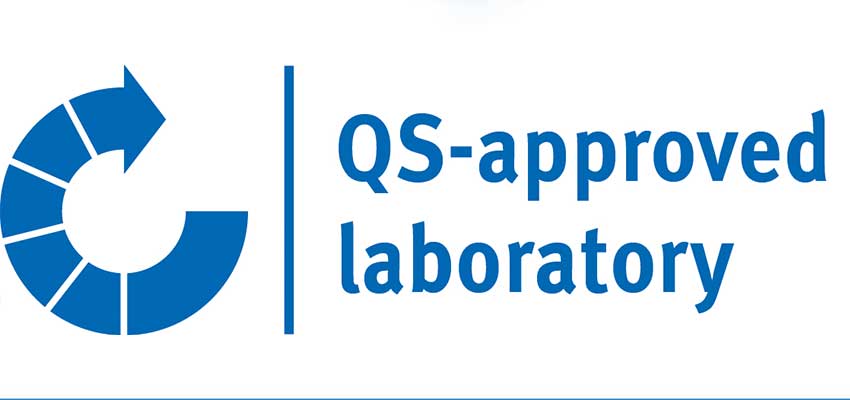It goes without saying that our laboratories successfully participate in the for the analysis of pesticide residues in fruit and vegetables.
Nevertheless, we are delighted that our laboratory sites AGROLAB LUFA in Kiel and AGROLAB Polska in Kónskowola are among the 78 laboratories that passed the 01/2025 test with flying colours. A total of 97 laboratories from 17 countries took part in this laboratory comparison. These included 82 laboratories with QS recognition and 15 new applicants. Once again, four laboratories from the group of recognised QS laboratories unfortunately failed the test. This can happen, but it must not happen again. These laboratories must pass the next competence test without any errors, otherwise they will lose their QS recognition.
The current comparison test was characterised by a challenging sample matrix. In addition to high sugar content, the ‘apricot’ matrix also contains organic acids, pectins and colour pigments. These can interfere with the separation and identification of traces of pesticide active ingredients during residue analysis. Perfect sample preparation is required here, which our laboratories have once again proven. 64 of the participants correctly identified all the active substances added to the samples. The detection of chlorothalonil was particularly difficult, with some laboratories failing to identify it. However, the active substances penthiopyrad and permethrin, which were tested for the first time, were correctly analysed by most laboratories. Another special feature of this interlaboratory test was the determination of copper, an inorganic active substance that is also used in organic farming.
We congratulate our analysis teams on this success. Incidentally, all interlaboratory test samples are treated as ‘normal’ samples and are not specially marked. This is because we naturally want to know whether the laboratories achieve the reliability and accuracy that our customers expect from us in their routine analyses at all times. This has once again been proven!
YOUR PLUS: You can count on our outstanding performance in the pesticide residue analysis for fruit and vegetables.
Author: Dr. Frank Mörsberger, AGROLAB GROUP

 Contact
Contact

 Contact
Contact Career
Career